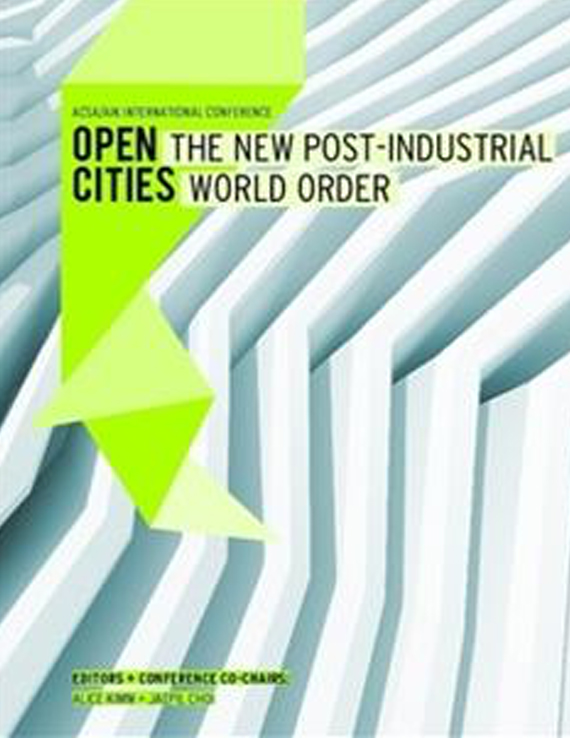Author(s): Carey Clouse & Caryn Brause
As Americans look for ways to meet emerging challenges of resource scarcity, citiesand towns across America will need to evolve to meet the hyper-local consumptiondemands of their own population centers. Civic and social life will also adjustto new norms around self-provisioning and animal husbandry. While food productionhas effectively become outsourced from the contemporary city, diminishingenergy reserves in the future will prompt a return to local agricultural systems.This paper documents a research and design project that foregrounds several keydesign considerations for the future city: the expanded role of animals, the necessityfor communal spaces to share knowledge, tools, and materials, and the wastespacesthat can be appropriated for that purpose. In doing so, it critically considershow we can prepare future design professionals to propose architectural and landscapeprogram types that have yet to be invented, to opportunistically graft theseprograms onto local underutilized sites, and to optimistically frame every projectwith a lens that anticipates resource scarcity.This project posits that such content represents the center, rather than the marginsof future practice. As a model for the new professional norms that will emerge torespond to the pressures of resource scarcity, the studio structure privileged flexibilitythrough hybridized modes of production. Combining research with fieldwork,theory with digital fabrication, and individual design with team think tanks, it investigatedcollaborative practices to build competencies necessary for resilient response.The studio research documented several of the most ubiquitous underutilizedspaces in the United States, using two historic Massachusetts towns as case studies.Amherst has an urban historic center with strong development protections,while Hadley comprises a farm community expanding its tax base through big-boxdevelopment. Together they provide ample opportunity to document suburbanand urban waste-space varieties including Urban Infill sites, extensive Flat Rooftops,oversized Ceremonial Front Lawns, and the big box dross landscapes types:Suburban Buffer Strips and Parking Lots.Having developed a taxonomy of waste-spaces documenting natural, material, political,and spatial conditions, the studio anticipated the challenges of post-oil urban transformationthrough the siting of building-landscape interventions to foster communityknowledge-sharing and re-skilling for food production and animal husbandry. Thesevisionary projects are akin to a seedbank, a lending library, an information kiosk, a classroom,and a tool co-op – they are sites that hold the “starter” materials for continuedpost-oil existence. Project proposals included the spatial and infrastructure needs requiredto house animals and their caretakers, as well as spaces to share knowledge.Educators have a responsibility to prepare students for the future that they are going toinhabit and in which they will practice, not merely the one into which they will graduate.This future will likely be characterized by the re-appropriation of today’s wastespacesand the reconfiguring of current infrastructures to support more productiveoutcomes. In this project, students cultivated a responsive and optimistic opportunismby anticipating new programs and deploying design interventions that insert productivespace into everyday landscapes.
Volume Editors
Alice Kimm & Jaepil Choi
ISBN
978-0-935502-91-6

 Study Architecture
Study Architecture  ProPEL
ProPEL 
